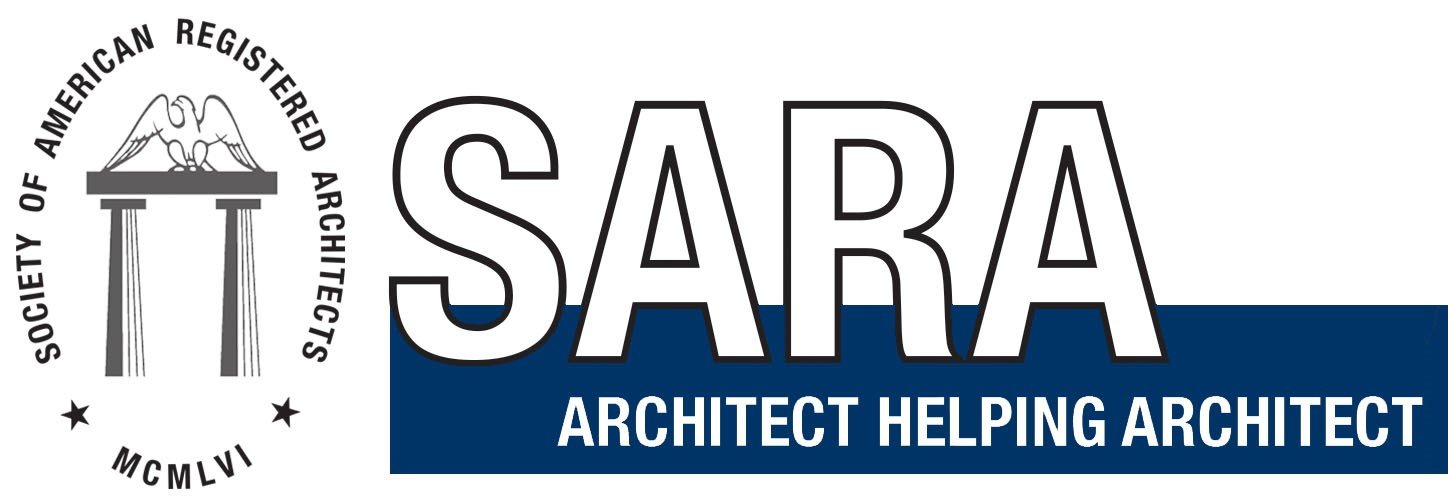Unleashing the Soul of Architecture: An Interview with Art Dyson, FARA
ARt Dyson, FARA
Senior Principal Architect
Dyson Janzen Architect
Architecture, the intangible art form that speaks to our senses, emotions, and consciousness, is a subject that defies easy definition. In a captivating Q&A session with Art Dyson, Fellow of the American Institute of Architects (FARA), we delve into the essence of architecture, the pursuit of meaningful design, and the quest for personal and professional fulfillment in the field.
According to Dyson, architecture transcends mere aesthetics and style. It is not about replicating a particular look or adhering to a specific trend; rather, it is a quality that touches the heart and inspires a dialogue with the soul. True architecture, as Dyson describes it, embraces the spirit of its occupants, fostering a greater awareness and a more beautiful life.
Selma Performing Arts Center
When asked how one can identify a great work of architecture, Dyson emphasizes that it is a self-evident experience. A great work of architecture rewards the senses, stimulates the imagination, and speaks directly to our emotions. It lifts the spirit and enhances our consciousness, leaving no need for explanations or justifications.
Contrary to associating his work with a specific style, Dyson seeks to envelop his clients with meaningful and evocative patterns and rhythms that resonate within them. His aim is to connect with the very essence of their existence, forging a deep relationship between the occupants and the space. For Dyson, buildings should be expressive of their time and place, honest in their function, relevant, and beautiful.
Reflecting on his journey, Dyson acknowledges that success is not solely measured by financial gain. Instead, he finds fulfillment in creating something of value, something that adds beauty and joy to the world. Success, for Dyson, lies in making a meaningful contribution to culture and improving the lives of others.
With each completed project, Dyson reflects on whether he could have done better, constantly challenging himself to grow and evolve. His work is a perpetual quest for excellence, aimed at elevating the human condition and inspiring future generations of architects to explore new directions.
Woods Interior
When obstacles arise, Dyson views them as opportunities to test one's resolve and passion. He believes in looking beyond limitations, finding innovative ways to overcome challenges, and pushing the boundaries of what is considered possible. For him, obstacles are stepping stones to success, and the ability to navigate them is a true measure of one's commitment.
Criticism, though not always pleasant, is seen by Dyson as a necessary part of the creative process. It directs attention to areas that need improvement and fosters growth. He values constructive criticism, knowing that confidence is silent, while insecurity is loud. Dyson remains focused on creating work that resonates with his clients and leaves a lasting impact.
Dyson's philosophy extends beyond his profession. He advocates for resolving conflicts, appreciating diversity, building rather than destroying, and creating a better world. His life's philosophy embodies the essence of architecture itself, encouraging growth, renewal, and discovery.
Huber Chapel
The core of Dyson's architectural practice lies in the belief that buildings should provide pleasure, enjoyment, and an intimate connection with their inhabitants. They should be expressive, evoking emotional signals that range from caustic to euphoric. Architecture, in his view, is an integrated and seamless system that combines technology, function, and aesthetics.
Aspiring architects and emerging professionals can draw inspiration from Dyson's advice. He encourages them to follow their passion, challenge themselves, and embrace new ideas. Rather than focusing on financial gain, young architects should prioritize what inspires them and strive to bring fresh concepts into existence. Dyson reminds us that regret lies not in the pursuit of our dreams but in the missed opportunities and unexplored possibilities.
Aspiring Architect Art Dyson with Frank Lloyd Wright (1958)
In conclusion, Art Dyson's insightful perspective on architecture reminds us that the essence of this art form lies in its ability to touch our souls and create a more beautiful world. His dedication to meaningful design, continuous improvement, and embracing the unknown serve as guiding principles for architects, students of architecture, and anyone interested in the transformative power of this timeless discipline. With each project, let us heed Dyson's advice and design buildings that warrant an exclamation point, leaving a lasting impression on those who encounter them.





